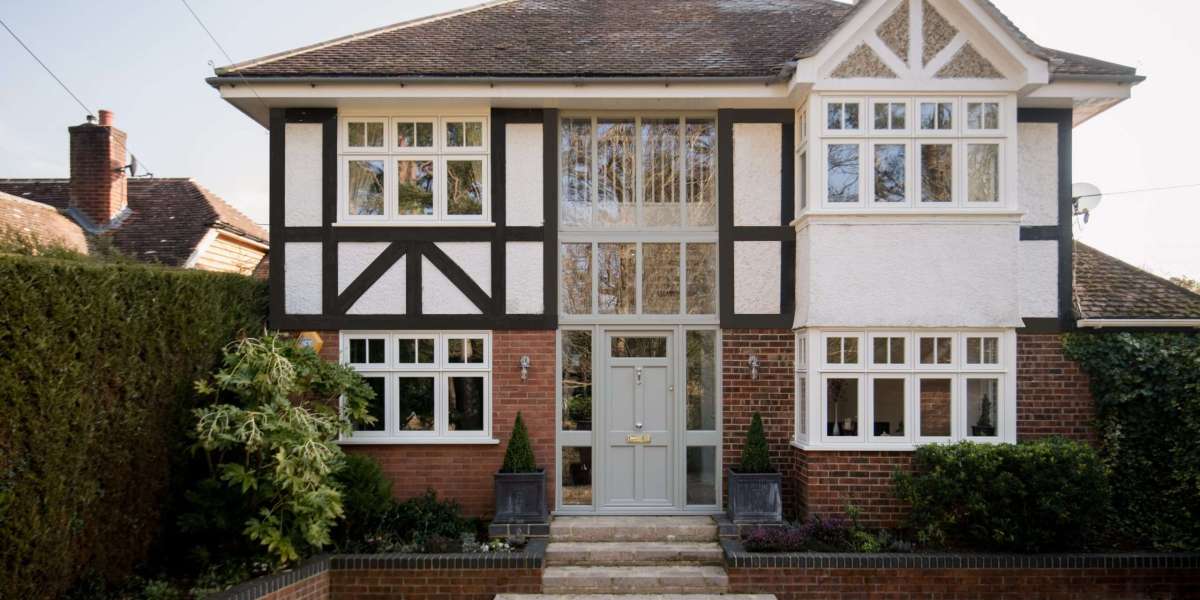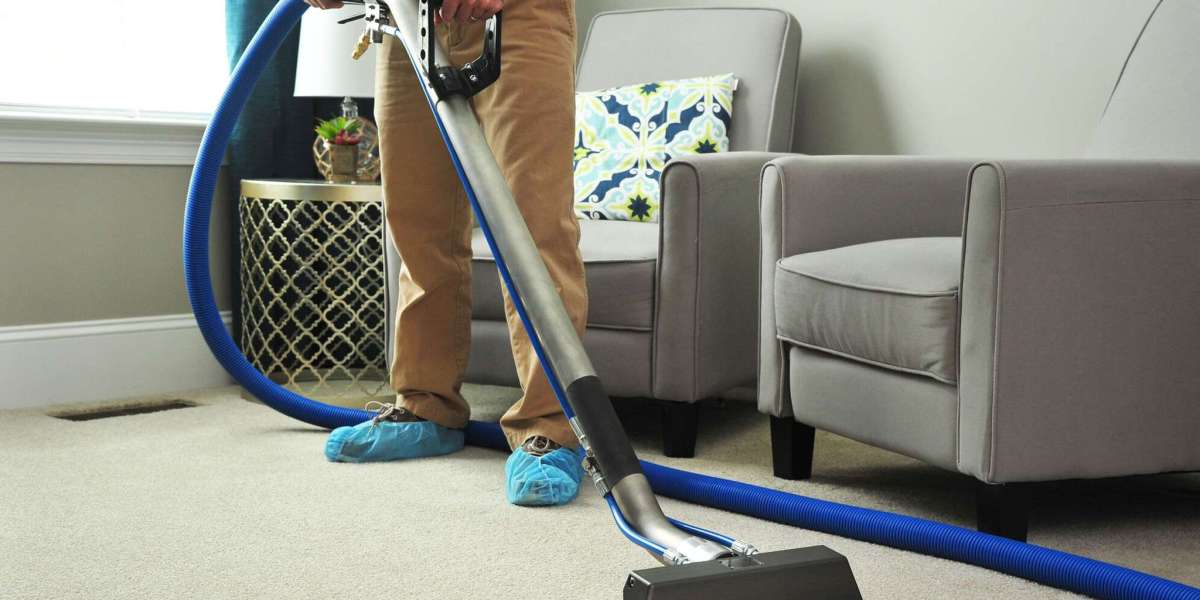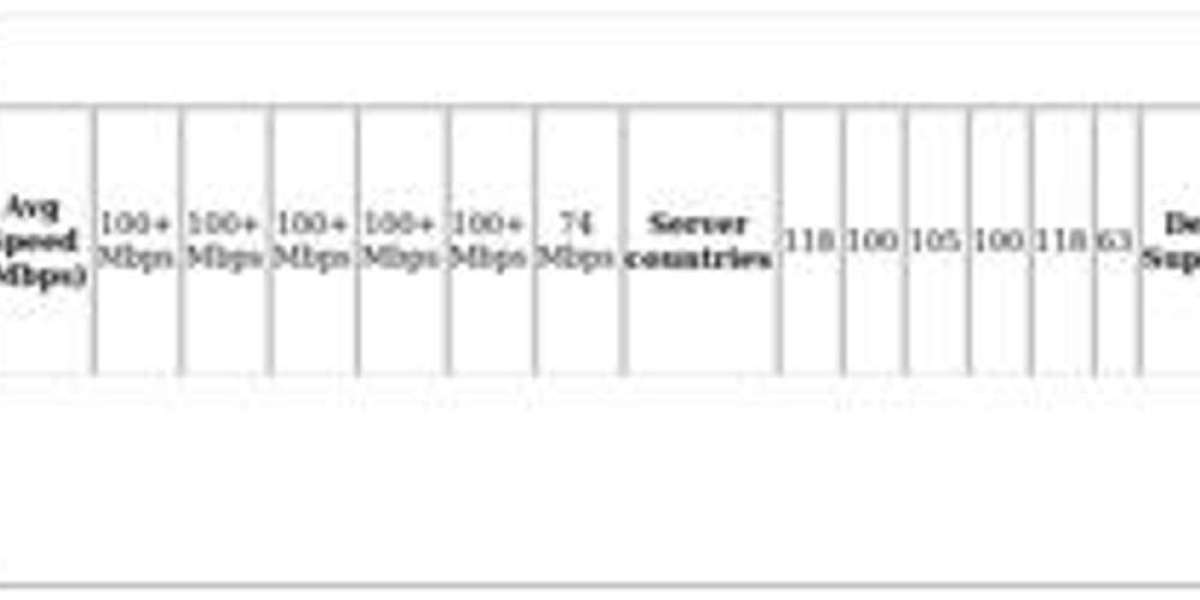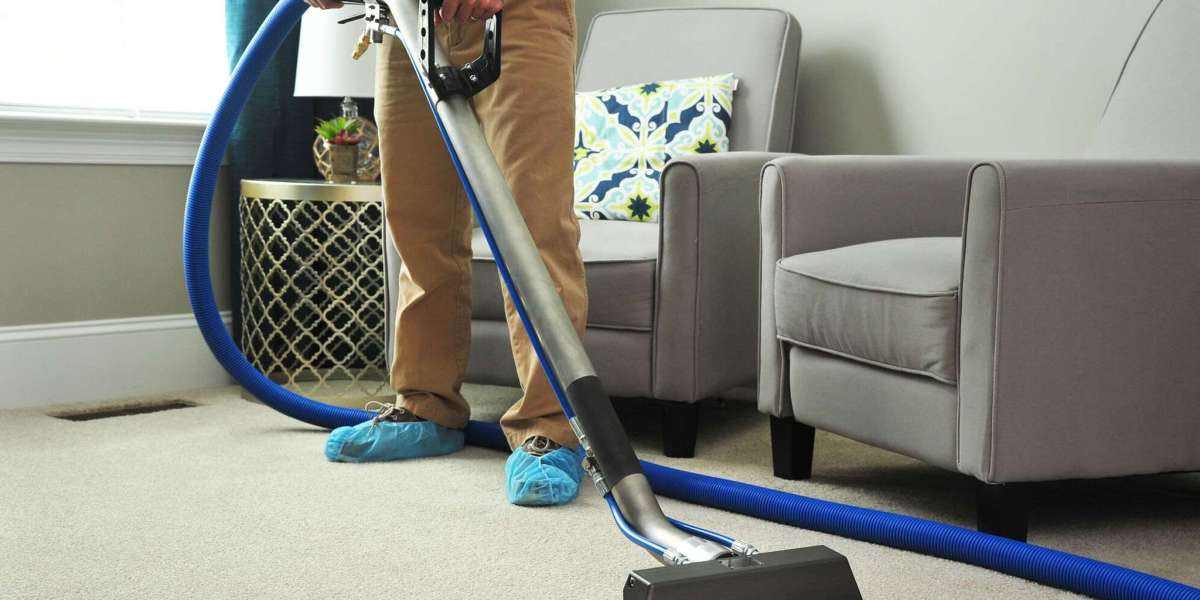Window installation is a critical aspect of construction and home improvement that significantly impacts energy efficiency, aesthetics, and overall comfort within a building. This article aims to explore the various facets of window installation, including types of windows, preparation, installation techniques, and common challenges faced by installers.
Types of Windows
Before delving into the installation process, it is essential to understand the different types of windows available. The choice of window can affect the installation method and the overall performance of the window in terms of energy efficiency and durability.
- Single-Hung Windows: These windows have a fixed upper sash and a movable lower sash that slides vertically. They are commonly used in residential buildings and are relatively easy to install.
- Double-Hung Windows: Similar to single-hung windows, but both sashes are operable, allowing for better ventilation. The installation process is similar to that of single-hung windows but may require additional considerations for balancing the weight of both sashes.
- Casement Windows: These windows are hinged on one side and open outward, providing excellent ventilation and unobstructed views. The installation process involves ensuring that the window frame is level and properly sealed to prevent air leaks.
- Sliding Windows: These windows slide horizontally and are a popular choice for modern homes. Installation requires precise alignment to ensure smooth operation.
- Bay and Bow Windows: These are multi-faceted windows that extend outward from the home, creating a unique architectural feature. Installation can be more complex due to the need for structural support and proper sealing.
Preparation for Installation
Proper preparation is crucial for a successful window installation. The following steps outline the necessary preparations:
- Measurement: Accurate measurements are essential to ensure that the new windows fit properly. Measure the width and height of the existing window frame, accounting for any irregularities.
- Selecting the Right Windows: Choose windows that meet your needs in terms of style, energy efficiency, and budget. Look for windows with good Energy Star ratings and consider materials such as vinyl, wood, or aluminum.
- Gathering Tools and Materials: Common tools required for window installation include a tape measure, level, utility knife, pry bar, hammer, nails, screws, caulk, and insulation foam. Having all necessary tools on hand can streamline the installation process.
- Preparing the Work Area: Clear the area around the window to provide ample space for installation. Remove any window treatments, furniture, or obstacles that may hinder the process.
Installation Techniques
The installation process can vary depending on the type of window and the condition of the existing frame. However, the following general steps outline the installation process for most window types:
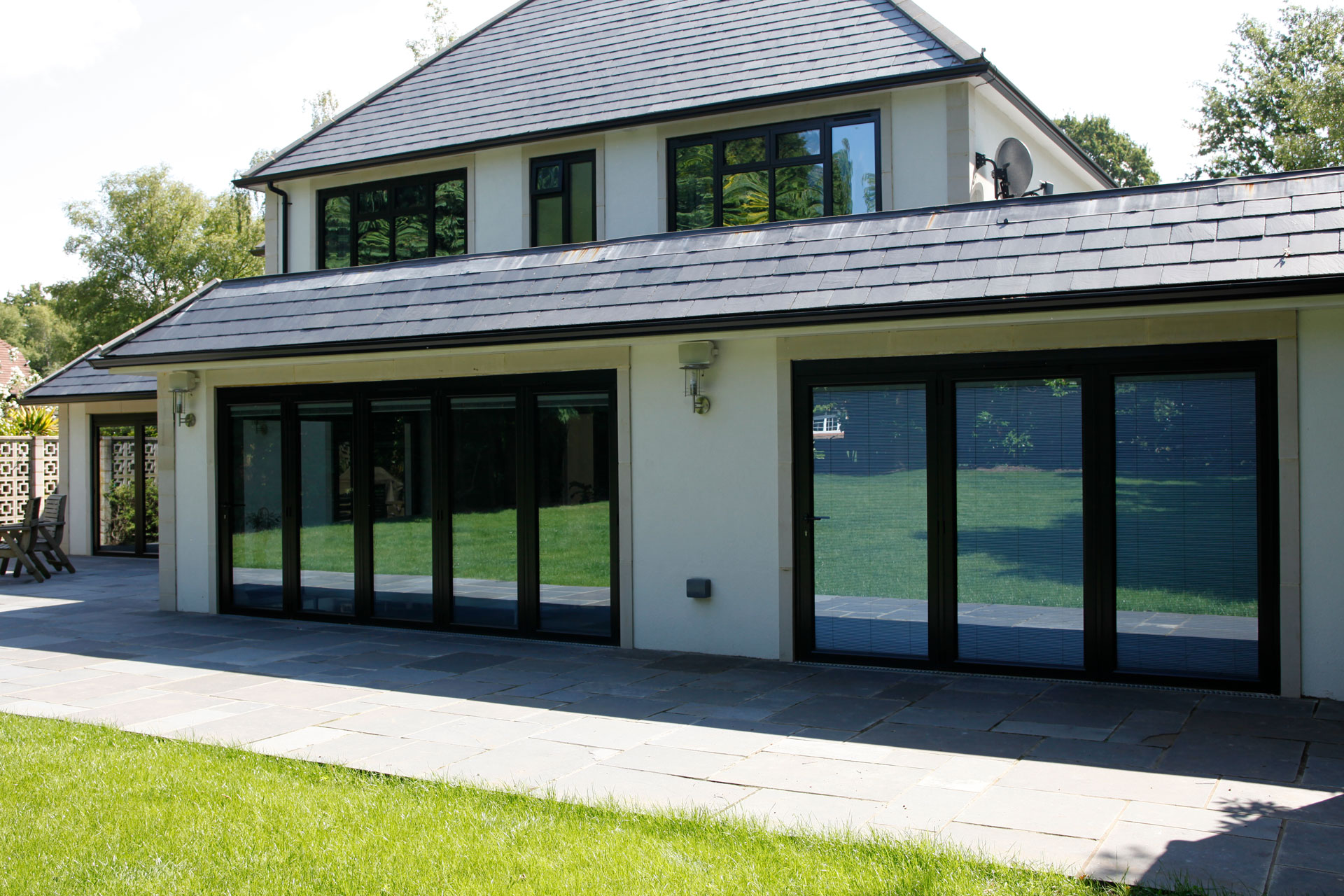
- Removing the Old Window: Carefully remove the existing window by prying off the trim and removing any fasteners. Take care not to damage the surrounding wall or trim.
- Inspecting the Frame: Once the old window is removed, inspect the frame for any signs of rot, damage, or mold. Repair or replace any damaged areas before proceeding.
- Preparing the New Window: Before installation, apply a bead of caulk to the bottom of the window frame to create a weather-tight seal. This step is crucial for energy efficiency and preventing water intrusion.
- Inserting the New Window: Position the new window into the frame, ensuring it is level and plumb. Use shims to adjust the window’s position as needed.
- Securing the Window: Fasten the window to the frame using screws or nails, following the manufacturer’s guidelines. Ensure that the window operates smoothly and that there are no gaps between the window and frame.
- Sealing and Insulating: After securing the window, apply insulation foam around the edges to minimize air leakage. Follow this by applying caulk around the exterior edges of the window to create a weather-tight seal.
- Finishing Touches: Reinstall any trim or molding that was removed during the process. Ensure that the interior and exterior finishes are clean and free of debris.
Common Challenges
Window installation, while straightforward, can present several challenges. Understanding these challenges can help installers prepare and mitigate potential issues:
- Improper Measurements: One of the most common issues arises from inaccurate measurements, leading to ill-fitting windows. Double-checking measurements before ordering new windows can prevent this problem.
- Structural Damage: https://sainsburysbankmedia.co.uk/the-clear-choice-how-to-get-affordable-quality-double-glazing-in-hertfordshire-without-cutting-corners/double%20glazed%20windows%20watford (http://121.228.2.240) Hidden damage to the window frame or surrounding structure can complicate installation. It is essential to inspect the area thoroughly and address any issues before proceeding with installation.
- Weather Conditions: Installing windows in inclement weather can affect the quality of the installation. It is advisable to choose a dry day for installation to ensure proper sealing and adhesion.
- Alignment Issues: Ensuring that windows are level and plumb can be challenging, especially with larger windows. Using a level and shims can help achieve the correct alignment.
- Air Leakage: Failure to properly seal windows can lead to air leaks, reducing energy efficiency. Taking the time to apply insulation and caulk correctly is critical for optimal performance.
Conclusion
Window installation is a vital process that requires careful planning, execution, and attention to detail. By understanding the different types of windows, preparing adequately, and employing the correct installation techniques, homeowners and contractors can ensure a successful installation that enhances the energy efficiency and aesthetics of a building. As technology advances, new materials and methods continue to emerge, making it essential for installers to stay informed about the latest developments in the field. Proper installation not only improves the comfort of a home but also contributes to its long-term value and sustainability.
